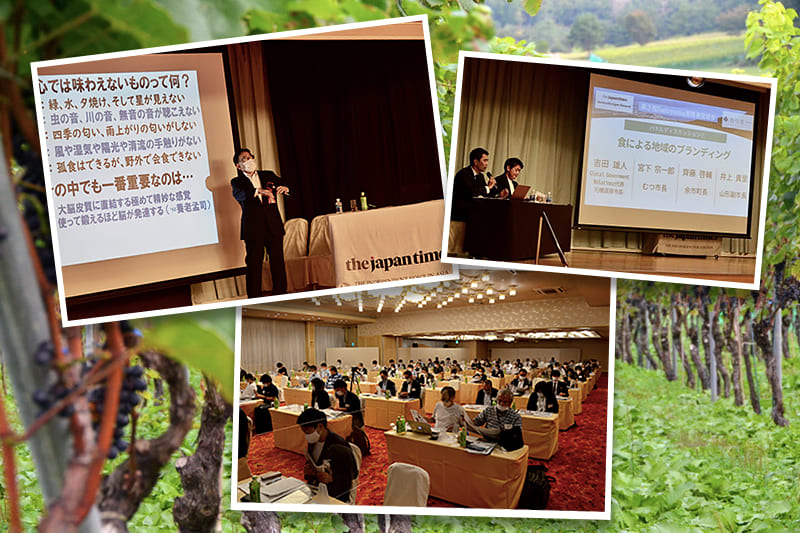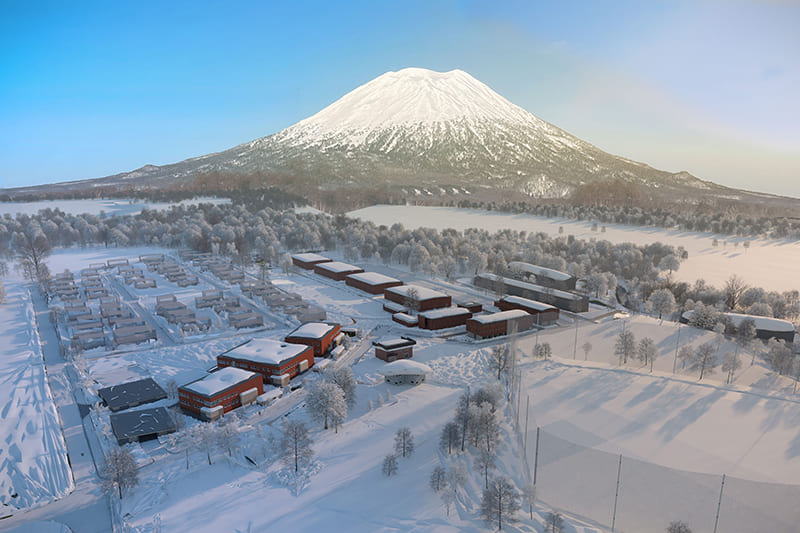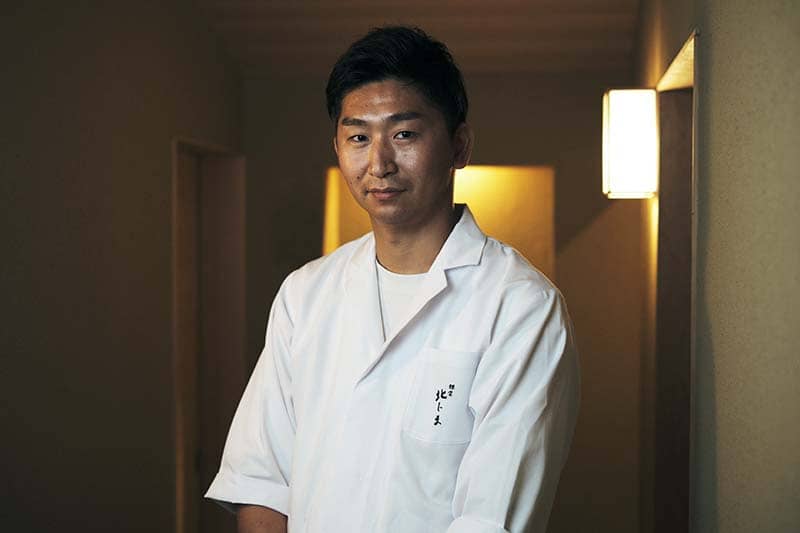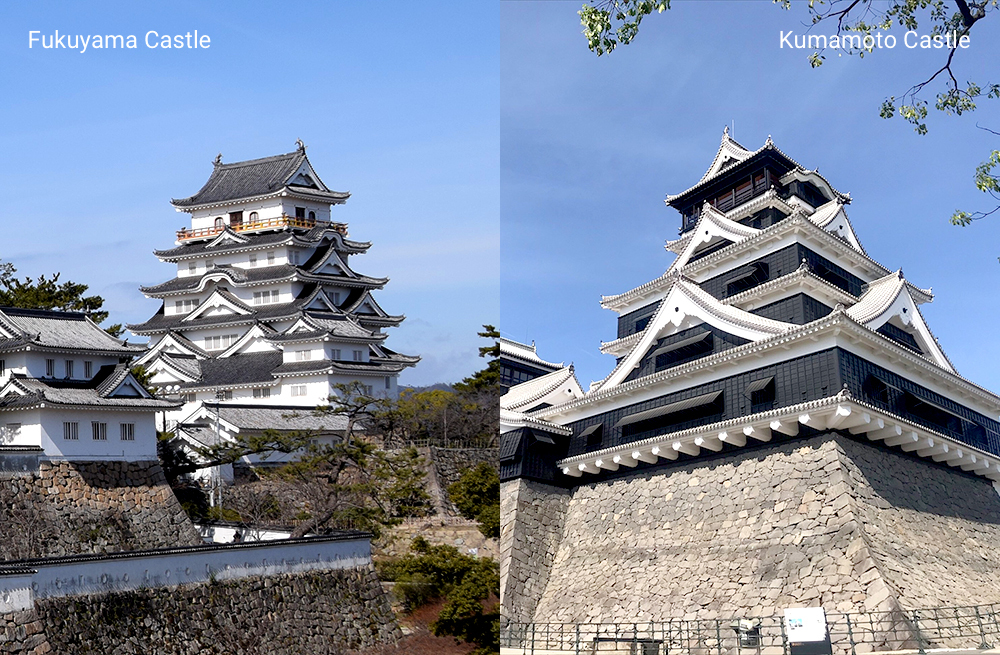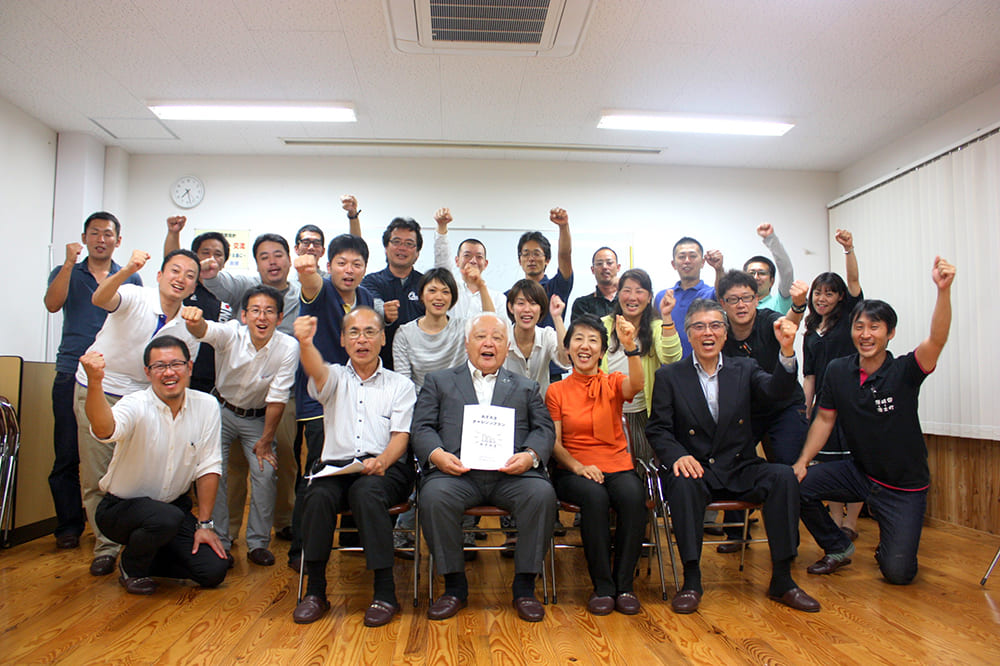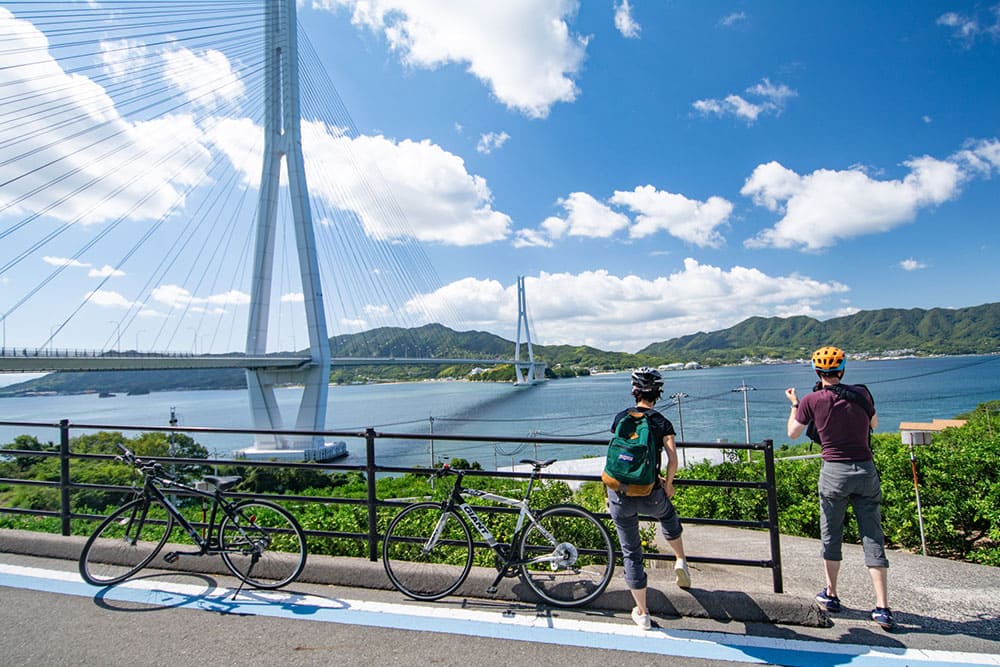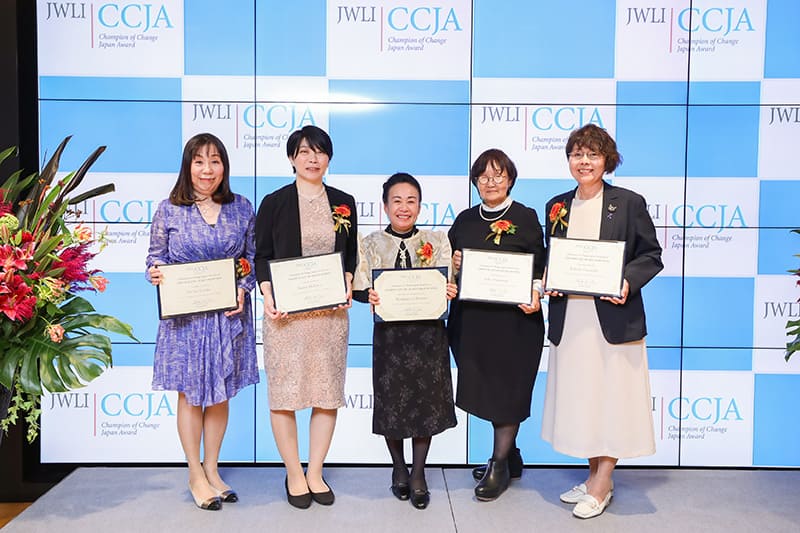January 26, 2020
Tomonoura: Seto Inland Sea historical port
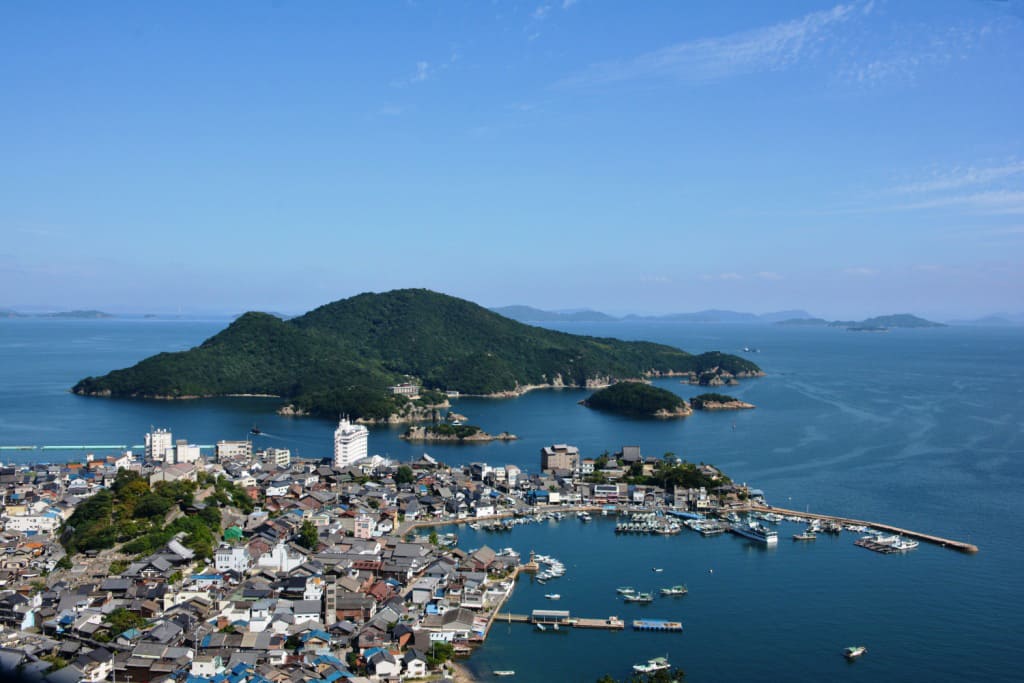
Tomonoura is a port town situated on the coast of the Seto Inland Sea in the city of Fukuyama in eastern Hiroshima Prefecture. Located in a unique site where the tides flow east to west, the port is known throughout Japan as a place where, over the years, many people have come to wait for the tides to bring them an opportunity.
The port’s old neighborhoods date back to the Edo Period (1603 to 1868), and residents welcome visitors who come to experience the town’s atmosphere of nostalgic serenity.
When dusk falls, the town’s 11-meter joyato stone lighthouse is lit. One of the largest extant Edo Period lighthouses in Japan, this symbol of Tomonoura has guided mariners into port for 160 years.
At the foot of the lighthouse is a dock that resembles a stone staircase, called gangi. At 150 meters long and with 24 steps visible at low tide, the gangi looks something like an amphitheater. The difference between high and low tide here can be as much as four meters, so the tiered dock makes it possible for ships to be loaded and unloaded at any time. This helped turn Tomonoura into a thriving port town and major hub for goods and people.
The stone breakwater jutting out into the sea in a gentle curve at the entrance to the port is called a hato, which, along with the lighthouse and dock, is one of the largest in Japan. There are also remains of a watchhouse where officials would keep an eye on the boats entering and leaving the port, as well as a tadeba (old dock) for ship repairs. Today, Tomonoura is the only port in Japan to have these five facilities, once considered essential for any early modern port.
The town has many historical structures dating back to around the Edo Period, as well as numerous quaint homes and merchant houses. All kinds of distinctive walls can be seen on a walk through Tomonoura’s maze-like alleys. These include walls using elegant Namako-kabe (harlequin patterned plasterwork) designs, those using patchwork stone and others made from traditional plaster. At the end of these narrow lanes lies the wide blue sea, a happy encounter only possible in a port town.
The north side of town is densely packed with temples. All told, this small town has 19 of them, along with dozens of shrines, all of which are worthwhile to visit.
Tomonoura’s big and small islands float in the calm sea in harmony. The port has long attracted foreign visitors, including emissaries from Korea, envoys from the Ryukyu Islands and chiefs of the Dutch traders in Nagasaki. One Korean emissary called the view of the islands in the sea from his lodging at the Fukuzenji temple, Taichoro, “the most beautiful view in Japan.”
Sensui Island, which is about five minutes by boat from the mainland, is a place to find untouched nature. The island has hiking trails that go along the coast and through the hills. One of the more unusual sights is the Goshikiiwa, a roughly 200-meter stretch of rocks in five colors — red, blue, yellow, white and black. The island also has lodging, hot springs, campsites and beaches; everything one needs to enjoy nature to its fullest.
Tomonoura is famous for fresh sea bream caught in the inland sea. Several restaurants serve sea bream in a variety of dishes, such as in sŌmen noodles with broth made from the fish, as well as rice dishes cooked with the local specialty. Local chefs are eager for visitors to enjoy the refined flavors.
Other specialties of Tomonoura include hŌmeishu, a medicinal alcohol; delicacies made with sea bream and small nebuto fish; and different kinds of fish paste.
Visit “Tomonoura Japan Heritage” for more information: www.youtube.com/watch?v=S3s9EA3B_Rc&feature=youtu.be.

